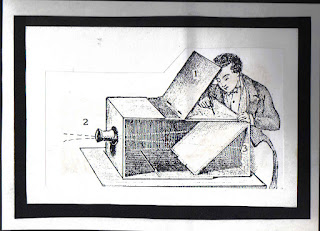What a perfect way to raise money for your school or charity with this upscale and customized product!
Kathryn can come to you in person, or create Silhouettes easily through photos that you take and send
on a disc!
on a disc!
Silhouettes AND Frames will be sold at a discounted bulk rate to you.
To see samples of Kathryn's Silhouette work, please visit:
Send an email inquiry for more details!


























